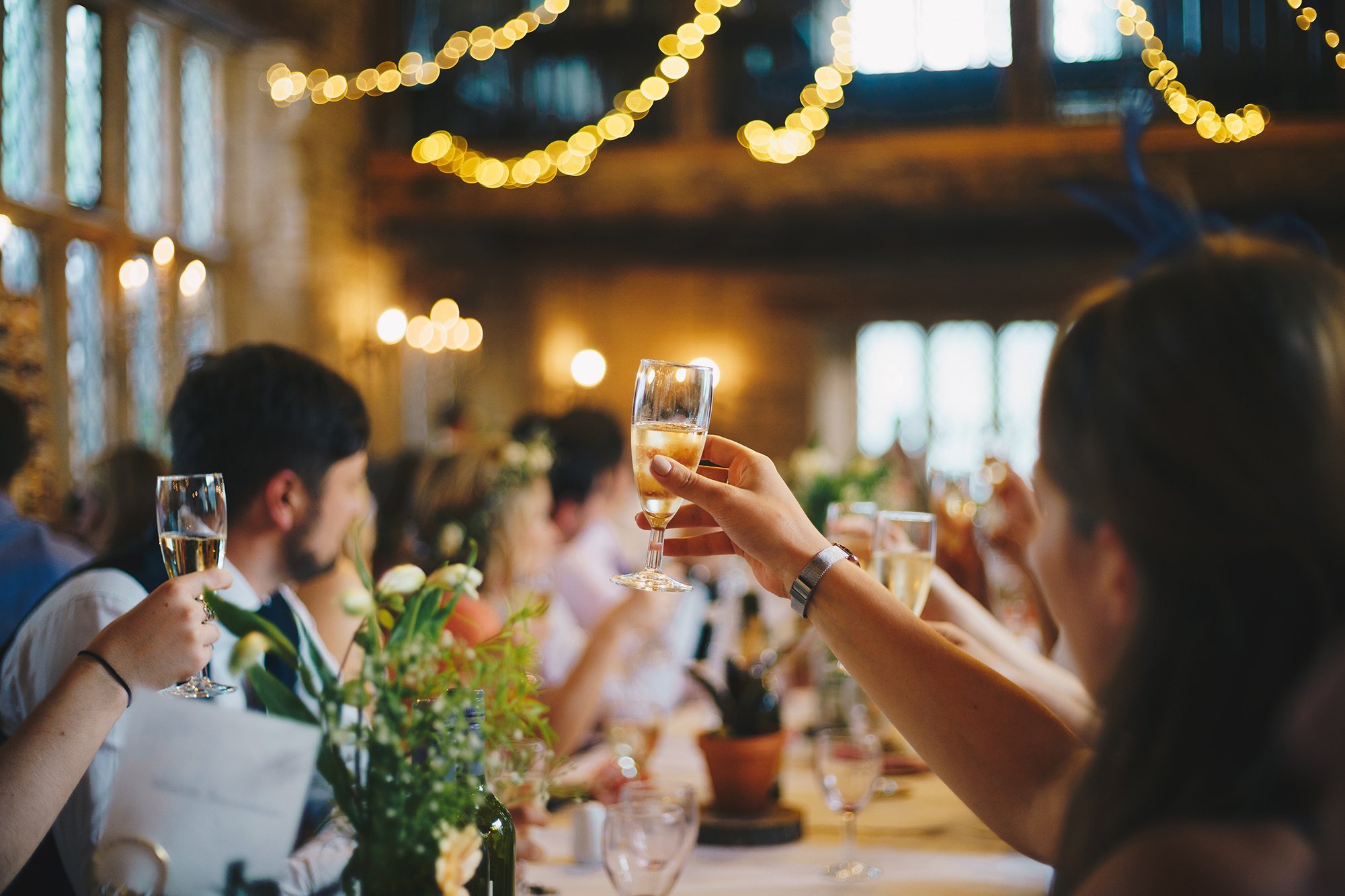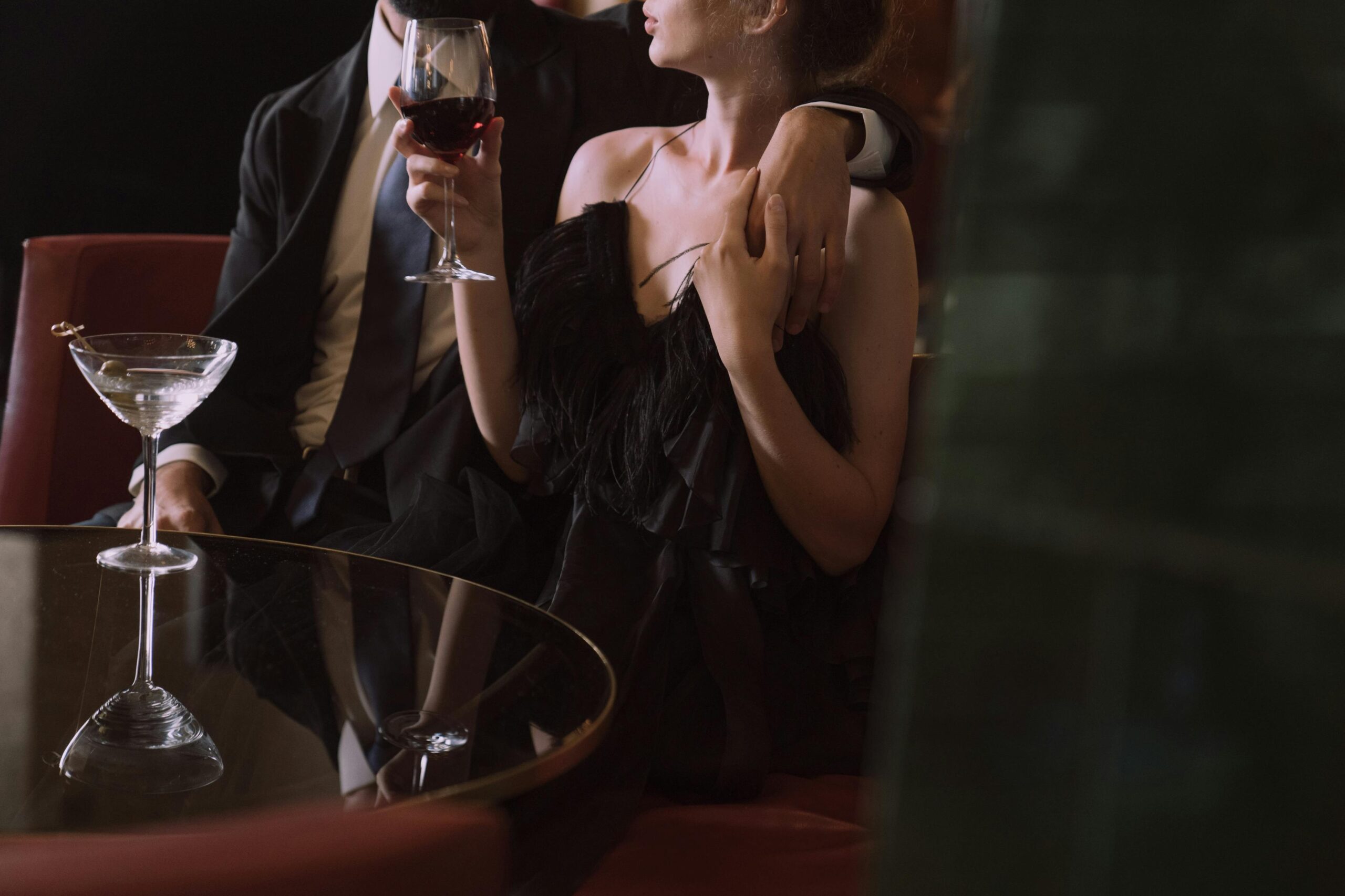Throughout history, wine has been synonymous with love, intimacy, and romantic moments. From ancient rites to today’s dinner dates, wine represents romance through its rich history, cultural significance, and sensory allure. Its ability to enhance shared moments, awaken the senses, and foster connections has made it a lasting symbol of affection.
In this guide, we’ll explore the reasons behind wine’s romantic reputation, examining its historical importance, cultural ties, and how it enriches modern dating, dining, and special celebrations.
Ancient Origins of Wine and Romance
Which ancient civilisations first discovered the romantic potential of wine, using it to celebrate love, courtship, and intimate moments throughout history?
Egypt
Long before the era of candlelit dinners and champagne toasts, wine was a staple in temple rituals and royal banquets along the Nile. Archaeological evidence suggests that the Egyptians were producing and consuming wine as early as 3800 BCE, well ahead of the Greeks and Romans, who later refined the craft.
The amphorae, a type of ancient container usually made of clay, used for storing and transporting liquids such as wine, oil, or water, discovered in royal tombs from Abydos and Saqqara, still feature vintage inscriptions that describe sweetness, origin, and even the name of the winemaker — marking the beginning of wine labels.
At the Festival of Bastet, Egyptians would dance, sing, and drink wine to honour the goddess of love and fertility, convinced that it could soften even the fiercest divine anger.
By the first millennium BCE, wine was central to royal banquets and temple ceremonies, linking pleasure, celebration, and religious ritual. Professor Joann Fletcher notes that from the festivals of Hathor to Cleopatra’s feasts — including her famous pearl-in-wine gesture for Mark Antony — wine played a key role in both romance and political display.
Rome
In ancient Rome, the act of eating and drinking was a cornerstone of social life. The Met Museum mentions that the Romans enjoyed a variety of gatherings, including:
- Convivium – a general banquet, which translates to “living together.”
- Epulum – a large public feast. Cena – a dinner, typically served in the mid-afternoon.
- Commissatio – a drinking party.
Private cenae were more personal, taking place in homes with a small group of family, friends, or business colleagues. These dinners mixed meals with wine, conversation, and sometimes entertainment. In these settings, wine represented hospitality, connection, and the joy of enjoying time together.
Greece and Western Turkey
The ancient origins of wine and its connection to romance can be traced back to the Aegean region, encompassing what is now known as Greece and western Turkey. Evidence from archaeological studies, including grape seeds, vine wood, and wine presses, suggests that by 2500 BC, the people living on Crete were already growing grapes and producing wine.
In ancient Greece, wine was deeply intertwined with the god Dionysus (known as Bacchus in Roman mythology), who represented wine, celebration, and pleasure. The annual festival called Anthesteria took place in Athens during February and March, marking the joyous occasion of the arrival of new wine. Jars of wine from the previous vintage were opened and offerings made to Dionysus.
Jewish Tradition
Wine has been an integral part of Jewish religious and social life since the days of the Bible, dating back to around 2000–1500 BC. It plays a key role in blessings (Kiddush) that sanctify Shabbat, festivals, weddings, and other joyful events. The blessing over the wine is a way to express gratitude and elevate the occasion to something sacred, symbolising joy, connection, and shared happiness.
During weddings, the couple sips from a communal Kiddush cup, and the Sheva Brachot (“Seven Blessings”) are recited, many of which celebrate wine as a representation of life’s sweetness and unity. These traditions trace back to the Hebrew Bible, as seen in Genesis 14:18, where Melchizedek presents bread and wine to Abram, and were later incorporated into Jewish law during the Talmudic period (3rd–6th century AD).
Wine and Literary Culture
Wine has been a muse for poets, writers, and artists throughout history, symbolising joy, connection, and romance.
In literature, it often pops up during celebrations, flirtations, or intimate moments. Take Shakespeare, for instance. He frequently uses wine to illustrate social bonding and playful romance.
- In Much Ado About Nothing (c. 1598), characters enjoy wine at lively gatherings, setting the scene for clever banter and courtship.
- Similarly, in Twelfth Night (c. 1601), wine accompanies masked festivities and secret flirtations, creating chances for closeness and connection.
- Even in Romeo and Juliet (c. 1597), wine features in celebratory feasts that frame romantic encounters and youthful passion.
In the realm of visual art, wine often takes centre stage in romantic or convivial scenes. In Paolo Veronese’s The Wedding at Cana (1563), wine serves both a literal and a symbolic purpose in celebrating union.
Meanwhile, Édouard Manet’s Luncheon on the Grass (1863) showcases wine as part of a leisurely social ritual, highlighting connection and the joy of togetherness.
Wine and Romance in Modern Life
Wine holds a distinct place in the world of modern romance, serving more than just a beverage. It creates a relaxed atmosphere, enhances celebrations, and strengthens the bond between couples.
Wine Brings Couples Closer Together
Studies suggest that sharing wine, whether at home or on a special occasion, can actually enhance intimacy. In a daily diary study involving 119 couples, those who enjoyed wine together at home reported feeling more emotionally and physically connected in the hours that followed. Regularly enjoying wine with meals is also linked to better overall well-being.
Millennials, Gen Z, and the Romantic Allure
Younger generations are increasingly embracing wine as a means to create unforgettable memories. The Austrian Wine Marketing Association found that 55% of Millennials and Gen Z associate wine with romantic dates, which highlights its significance as a key part of the special moments we want to remember.
Special Occasions Deserve a Glass of Wine
When it comes to celebrations, wine is pretty much a must-have. Research indicates that on Valentine’s Day, 30% of people opt for still wine, while 20% choose sparkling wine. These preferences reinforce the idea that wine adds a little something extra to our experiences, making every toast and shared sip feel special.
Try Romantic English Wine
English wine might not be as ancient as the vineyards of Egypt or Greece. Still, Bolney Estate’s carefully crafted wines offer a modern way to continue this millennia-old celebration of romance and shared moments.

Best Wines For Your Wedding: Picking Wines
One of the details you may overlook when planning a wedding reception is the wine. You might have planned some cocktails for welcoming and a bar for later in the evening, but have you thought about wines to pair with the wedding breakfast and a sparkling to toast with?












